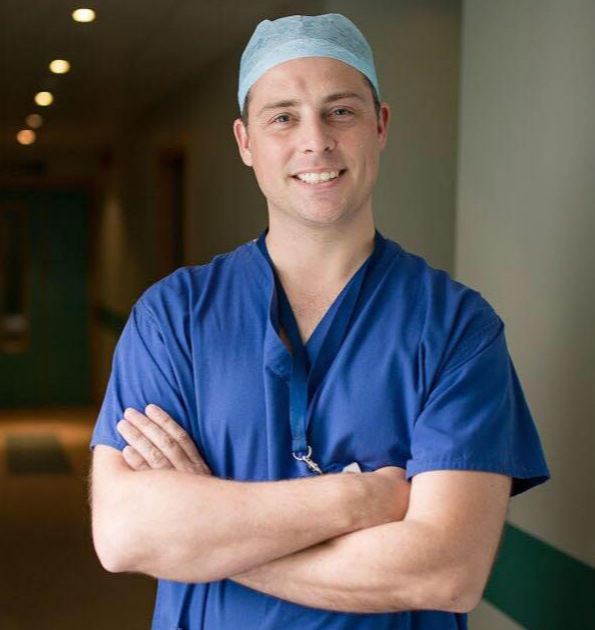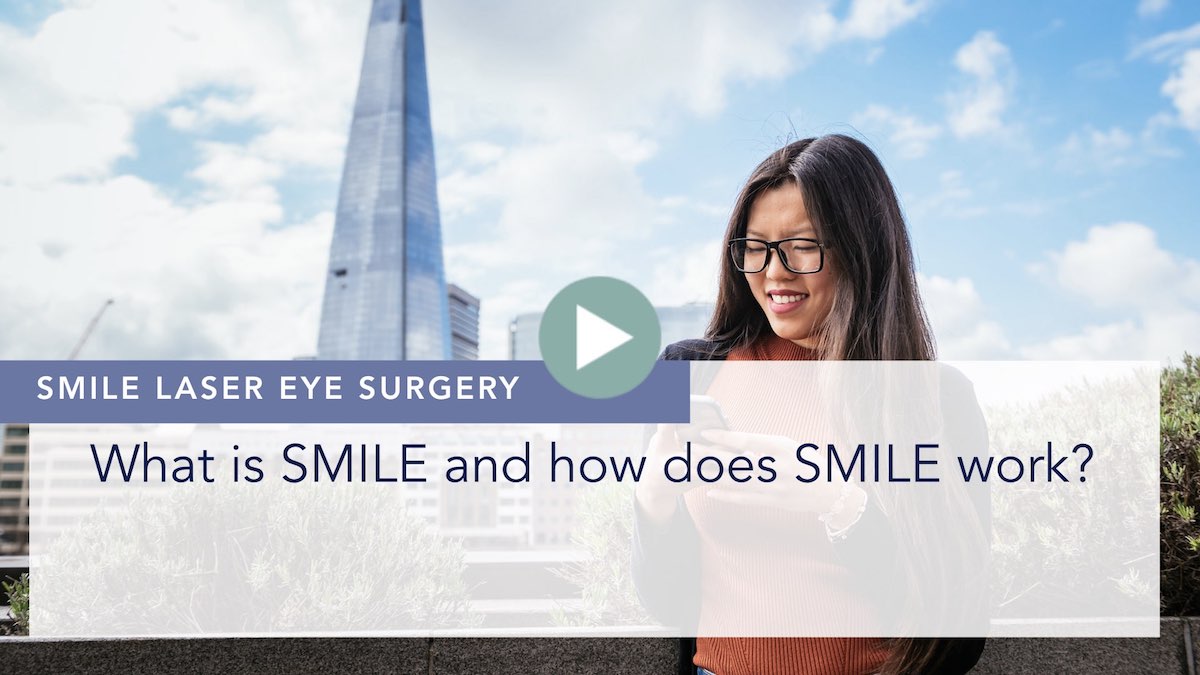Interview transcription
We interviewed Alex Shortt to find out how ReLEx SMILE works and how it differs from conventional LASIK
Alex Shortt: All forms of laser eye surgery work on the cornea. If I show you this model, the front, transparent window on the eye is called the cornea. The reason we need to wear glasses is that the focusing power of the eye hasn’t developed quite accurately and our eye is effectively like a camera that’s out of focus. When we wear contact lenses or glasses, we place a lens in front of this optical camera system to correct the focus, placing light in focus on the back of the eye.
If we want to get rid of the need to wear glasses, what we can do is use a laser to sculpt the shape of the contact lens or the shape of the glass’ lens onto the surface of the eye. Effectively, you’re reconfiguring and rebalancing this optical system, so it’s perfectly in focus. And that’s how all laser eye surgery works. It’s by reshaping the cornea on the front of the eye here.
Now, how we do that is similar between laser eye surgery techniques, but some differences make a significant impact on the patient’s experience. With the first generation of laser eye surgery, we used to remove the skin from the surface of the eye and apply the laser directly to the surface. That was painful and came with a lengthy recovery period.
With LASIK, when we make the flap in the cornea, open the flap, perform the laser sculpting and then replace the flap on the surface of the eye. Because we perform the treatment deeper in the cornea, the eye doesn’t realise anything’s been done. LASIK was a huge step forward.
The way ReLEx SMILE works is very similar to LASIK. We perform the reshaping deeper in the layers of the cornea, leaving the surface untouched. However, the key difference with ReLEx SMILE is that we do it using a keyhole surgery technique. This way, we avoid a big and open wound. We do everything through a tiny 3mm keyhole incision. A good way of thinking of it is that SMILE is very similar to LASIK, except performed through its keyhole incision rather than open surgery.
Interviewer: Presumably, with that keyhole incision, there is less dryness because of less interference with the cornea and faster healing time?
Alex Shortt: Yes! This is because the surgical injury to the eye is a 3mm incision rather than a 26, 27mm incision. But also, with the peeling open of the flap and the way the flap is made, there’s more damage to the nerves of the cornea with LASIK. That’s the critical difference between ReLEx SMILE and LASIK. With LASIK, there is significant damage to the nerves of the cornea, and then they heal. Somewhere between six and 12 months, they’re usually fully healed. But with ReLEx SMILE, you don’t have that severe injury to the nerves of the cornea and the speed of recovery of the nerves and any dryness or impact of that is far less with ReLEx SMILE.
If you’d like to know more about vision corrective surgery, book a free initial screening today and I will personally answer your questions. Alternatively, take our free suitability quiz to find out which treatment you are suitable for.

About the author
Mr Alex J. Shortt | Consultant Ophthalmic Surgeon
MB BCh MSc PhD FRCOphth PGDipCatRef
I’m Alex Shortt, a highly trained academic researcher and Consultant Ophthalmic Surgeon based in London’s famous Harley Street medical district. I trained and worked as a consultant for 14 years at London’s Moorfields Eye Hospital. I specialise in advanced technologies for correcting vision, including cataract surgery, implantable contact lenses and laser vision correction.






